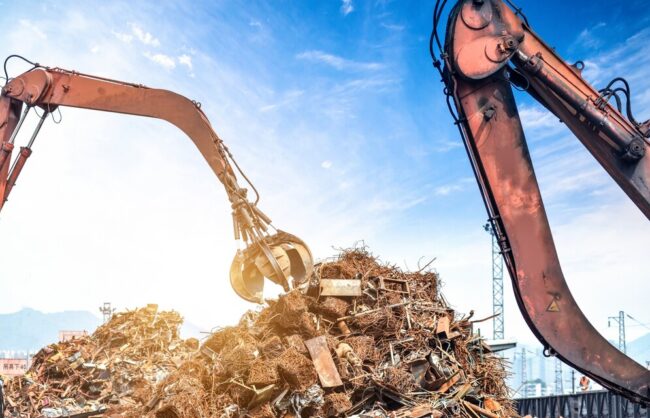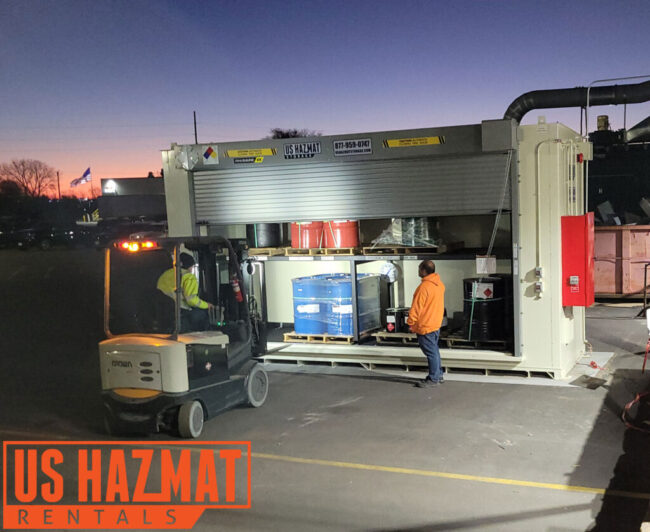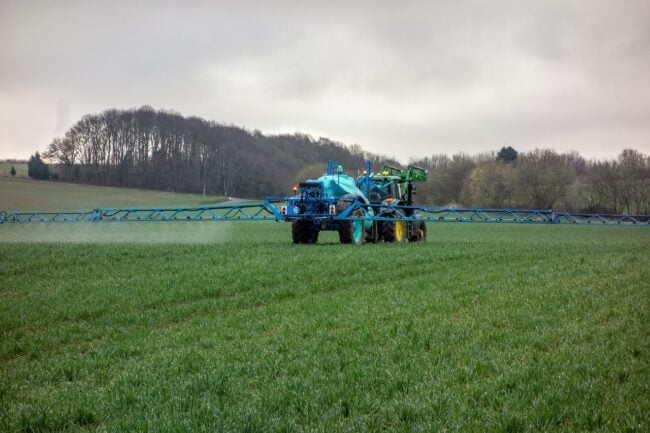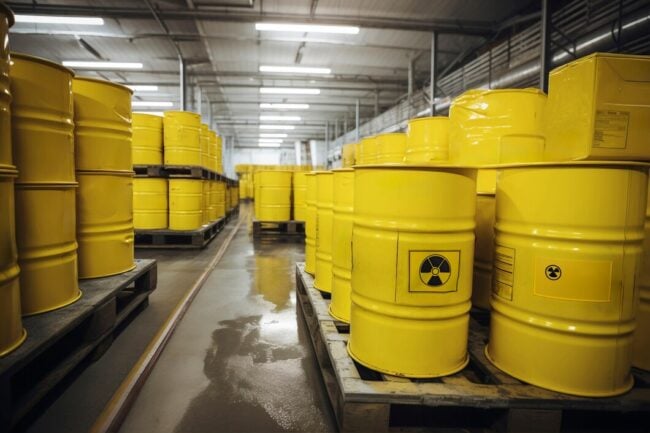Hazardous Materials Safety Month
Although April is Hazardous Materials Safety Month, manufacturers should always prioritize compliant chemical storage. FEMA is underscoring onsite chemical safety and hazard mitigation with a preemptive public awareness campaign. Noncompliant chemical storage practices cause irreparable harm and employee injuries. While most hazmat incidents are preventable, congruent, and systemically compliant, chemical warehousing engenders staff confidence while…





